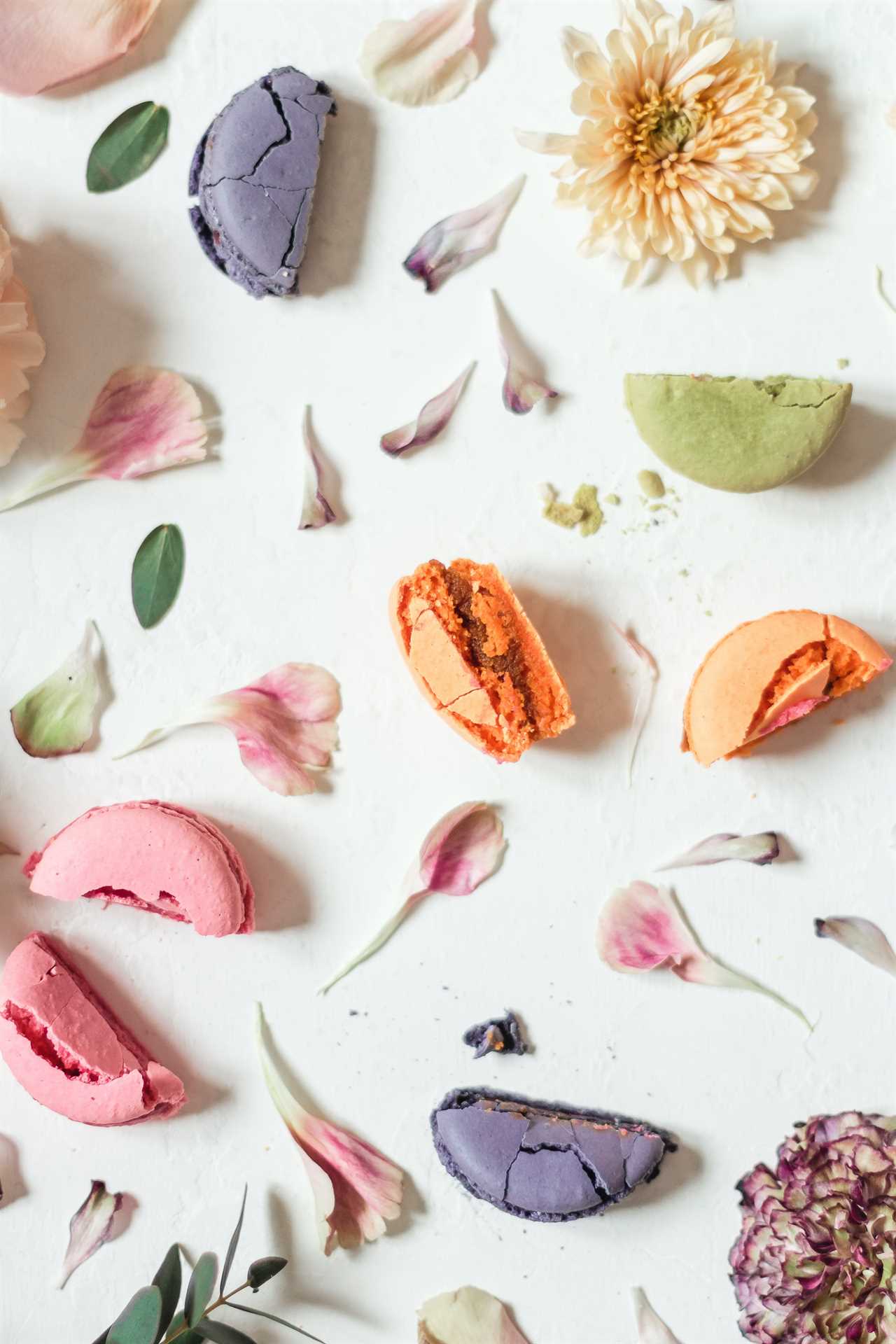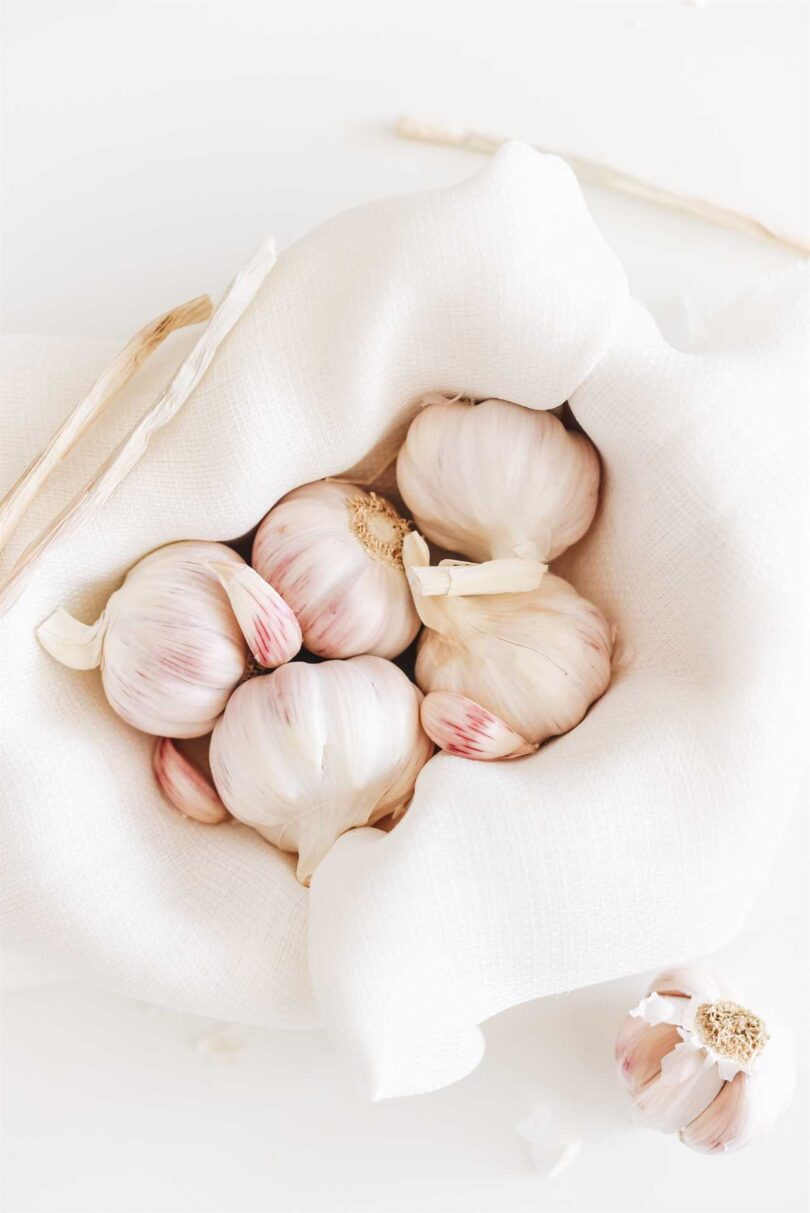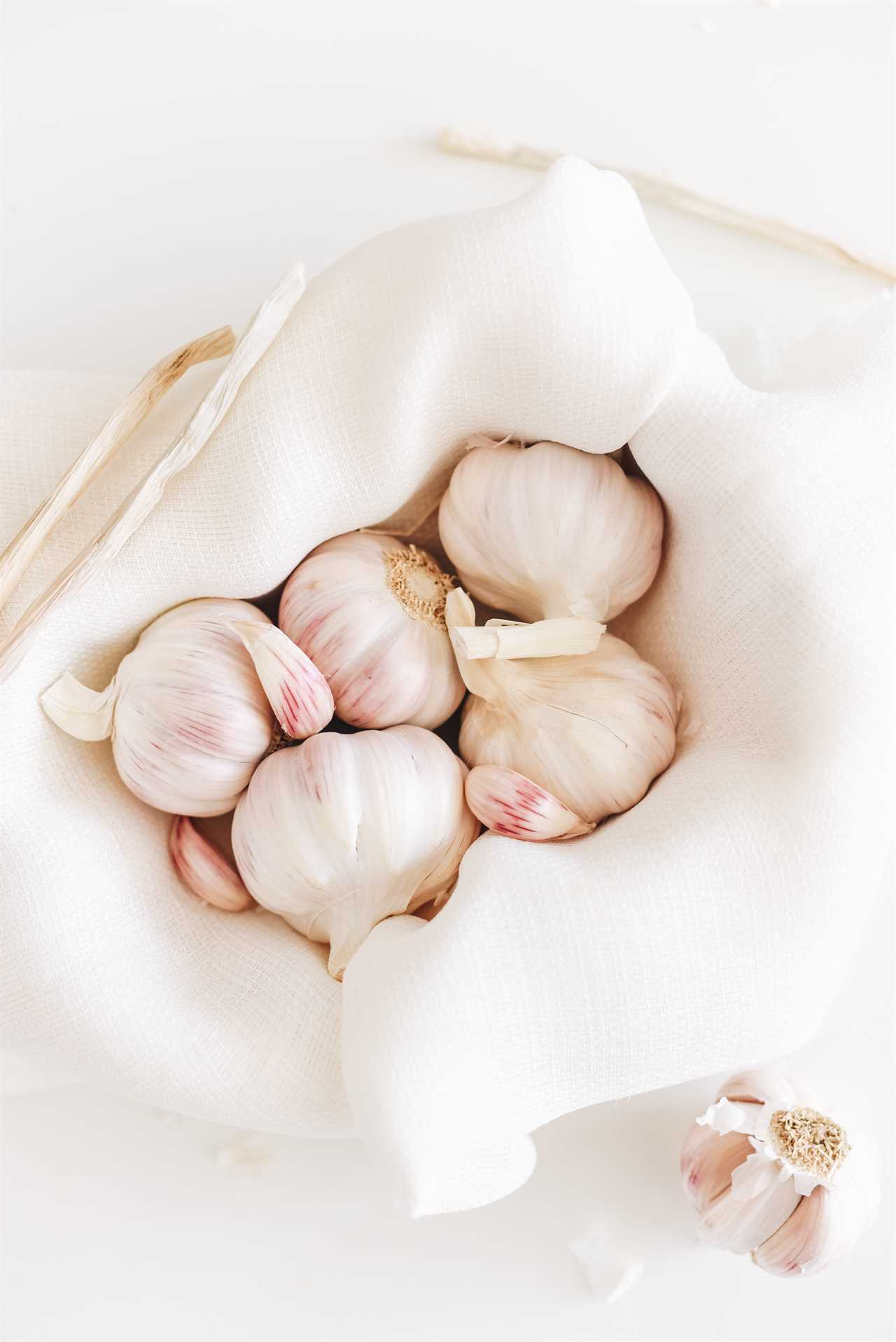
In the world of cooking, time is of the essence. That’s why these kitchen hacks are a game-changer.
From preventing food from sticking to the pan to reviving crystallized honey, these tips offer practical and easy solutions to common kitchen dilemmas.
Cutting rolly-polly vegetables safely? Check. Making stronger iced coffee and tea? Absolutely.
With these hacks, cooking becomes more efficient and enjoyable. So why not embrace the freedom of a well-organized and hassle-free kitchen?
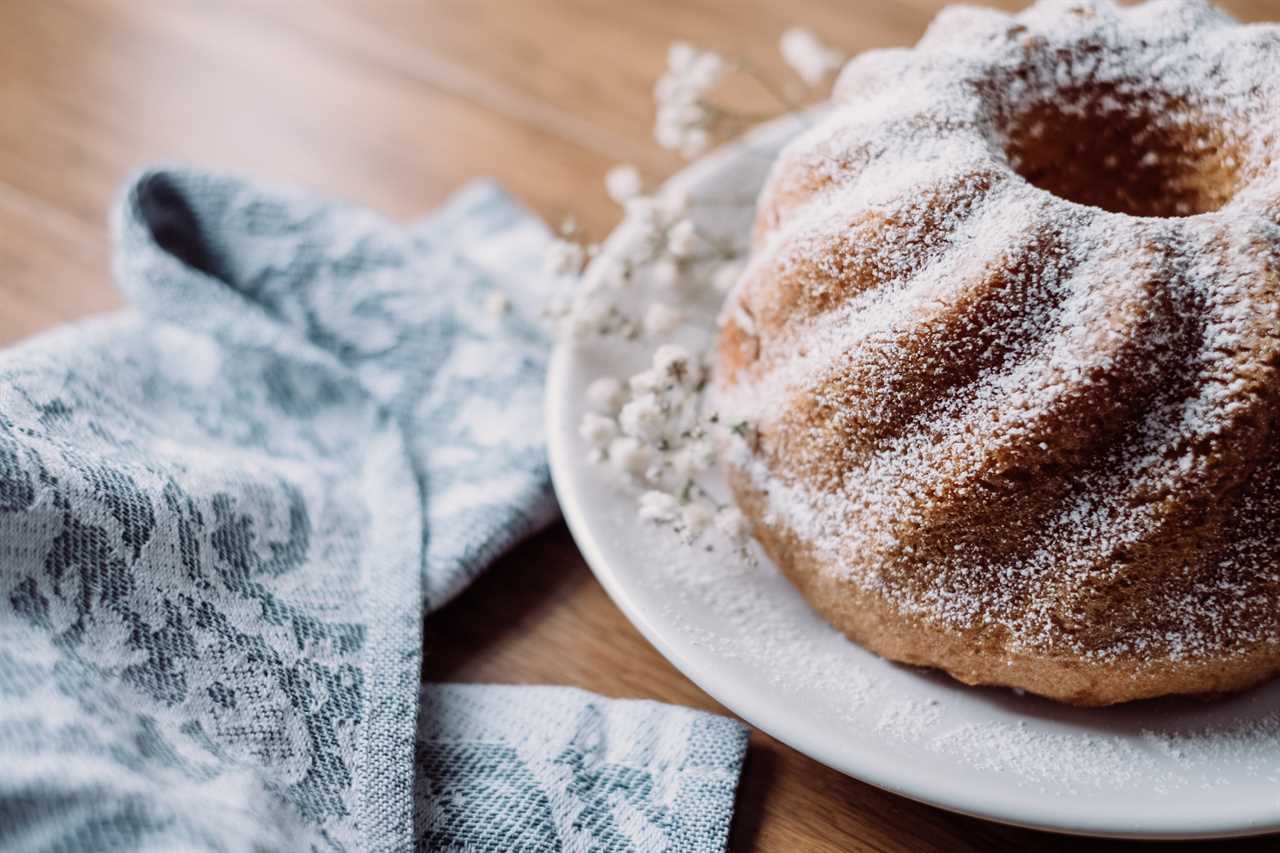
Key Takeaways
- Preventing food from sticking: Use a metal spatula to loosen the food, push it to one side of the skillet, tilt the pan to heat the empty area, add oil to the empty area, and let the oil get hot before moving the food back.
- Reviving crystallized honey: Place the container in a bowl of hot water, microwave the jar in intervals, store the honey in a cool, dry place, avoid introducing moisture to the honey, and avoid double-dipping.
- Cutting rolly-polly vegetables safely: Cut a thin slice along the length of the vegetable, turn it cut-side down on the cutting board, slice as desired, turn it so the flat side is facedown, and continue slicing as desired.
- Making simple syrup: Combine equal parts water and sugar in a saucepan, cook until the sugar has dissolved, let it cool before adding to beverages, use 1½ teaspoons of simple syrup for every teaspoon of sugar, and store in the refrigerator for up to 2 weeks.
Preventing Food From Sticking
When cooking, it is recommended to use a metal spatula to loosen the food and push it to one side of the skillet to prevent sticking. This technique is essential for maintaining the freedom to cook without the frustration of food sticking to the pan.
By using a metal spatula, you can gently scrape the bottom of the skillet, releasing any stuck food particles and preventing them from burning. Pushing the food to one side of the skillet creates an empty area where you can tilt the pan and add a small amount of oil.
This oil will heat up and create a nonstick surface, allowing you to move the food back to the skillet without it sticking. Incorporating these cooking techniques will ensure that your food cooks evenly and effortlessly, giving you the freedom to create delicious meals without the hassle of stuck-on food.
Reviving Crystallized Honey
To revive crystallized honey, one can place the container in a bowl of hot water and microwave the jar in 30-second intervals. This gentle heating process helps to dissolve the sugar crystals and restore the honey to its smooth, liquid state.

It is important to store honey properly in a cool, dry place to prevent crystallization. Avoid introducing moisture to the honey, as this can promote crystallization.
When using honey as a sweetener in beverages, such as tea or coffee, it is best to dissolve the honey in hot water first before adding it to the drink. This ensures that the honey fully dissolves and evenly sweetens the beverage.
Safe Veggie Cutting
The cook skillfully slices vegetables by cutting a thin slice along the length of the vegetable and turning it cut-side down on the cutting board. This technique allows for efficient vegetable chopping while ensuring knife safety.
By starting with a thin slice, the cook creates a stable surface for further slicing. Turning the vegetable cut-side down on the cutting board helps prevent it from rolling or slipping while cutting. This technique not only saves time but also reduces the risk of accidents.
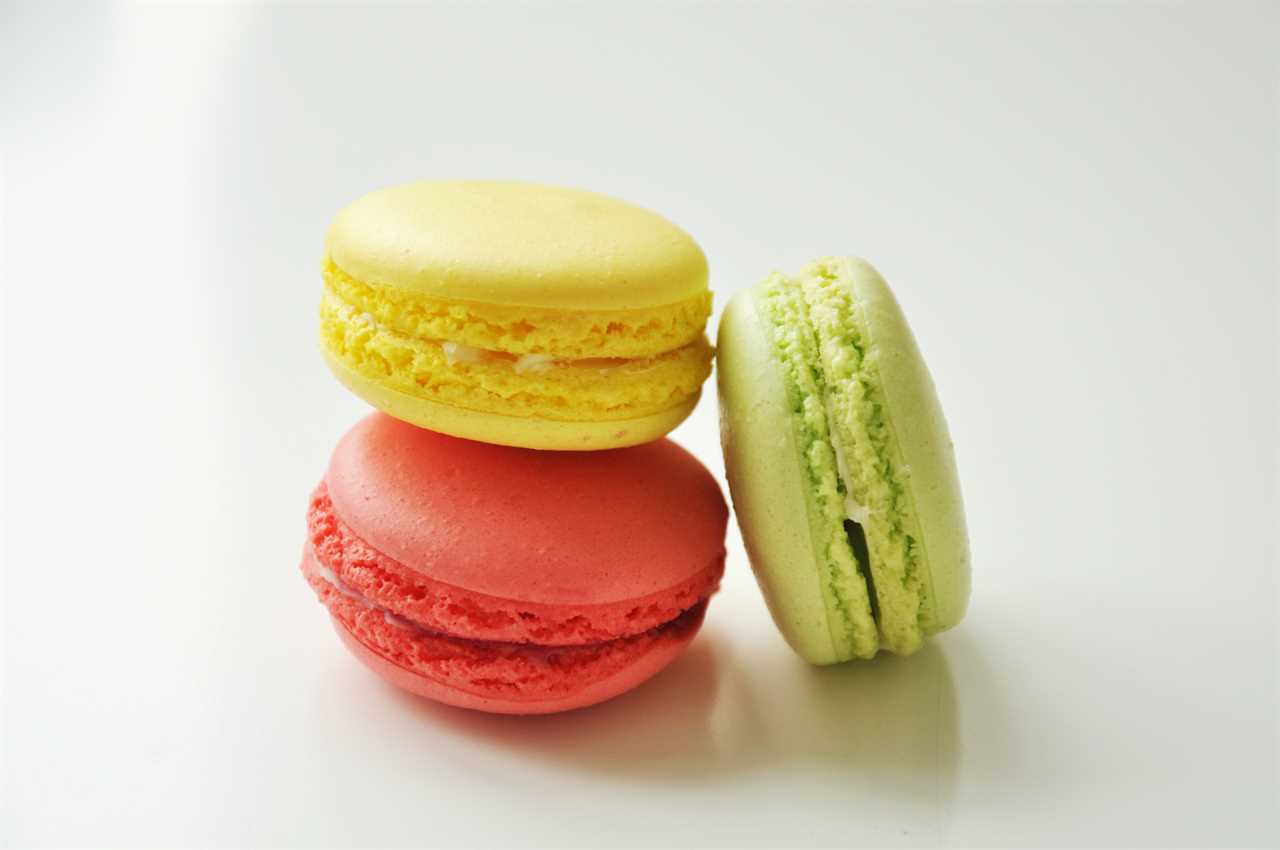
The cook can then continue slicing the vegetable as desired, making precise and even cuts. By following these knife safety techniques and employing efficient vegetable chopping methods, the cook can enjoy the freedom of easily and safely preparing a variety of delicious dishes.
Making Simple Syrup
The cook combines equal parts water and sugar in a saucepan to make the simple syrup. This versatile syrup is the key to adding flavor and sweetness to a variety of beverages, especially cocktails. Here are four ways to make the most of flavored simple syrup in your drinks:
-
Experiment with flavors: Infuse the simple syrup with herbs, fruits, or spices to create unique flavor combinations. Try adding mint, lavender, berries, or cinnamon for an extra kick.
-
Use it as a sweetener: Simple syrup dissolves easily in cold liquids, making it the perfect sweetener for iced coffee, iced tea, or lemonade. Say goodbye to grainy sugar at the bottom of your glass.
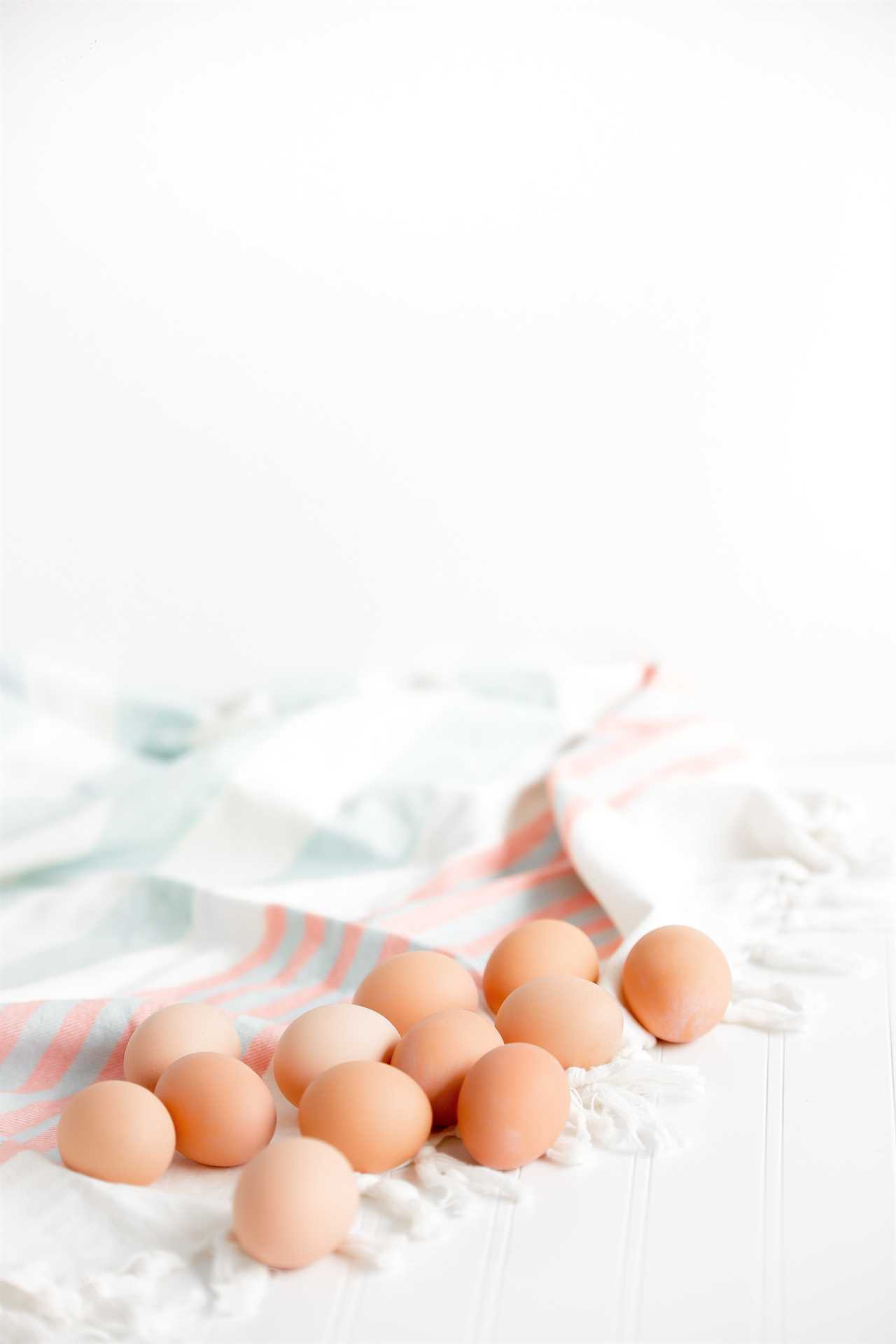
-
Enhance cocktails: Simple syrup is a staple in cocktail recipes, providing a balanced sweetness. Add it to your favorite mixed drinks like mojitos, margaritas, or daiquiris for a smooth and well-rounded flavor.
-
Store it for later: Once cooled, transfer the simple syrup to a bottle or jar and keep it in the refrigerator for up to two weeks. This way, you’ll always have a sweet addition ready for your next drink creation.
Cheers to the freedom of flavor!
Keeping Crudités Fresh
Covering the cut-up produce with damp paper towels and wrapping the platter in plastic wrap helps to keep the crudités fresh and prevents them from becoming limp and dried-out. When storing and preserving cut-up produce, it is important to take steps to maintain their freshness and prevent them from losing their crispness.
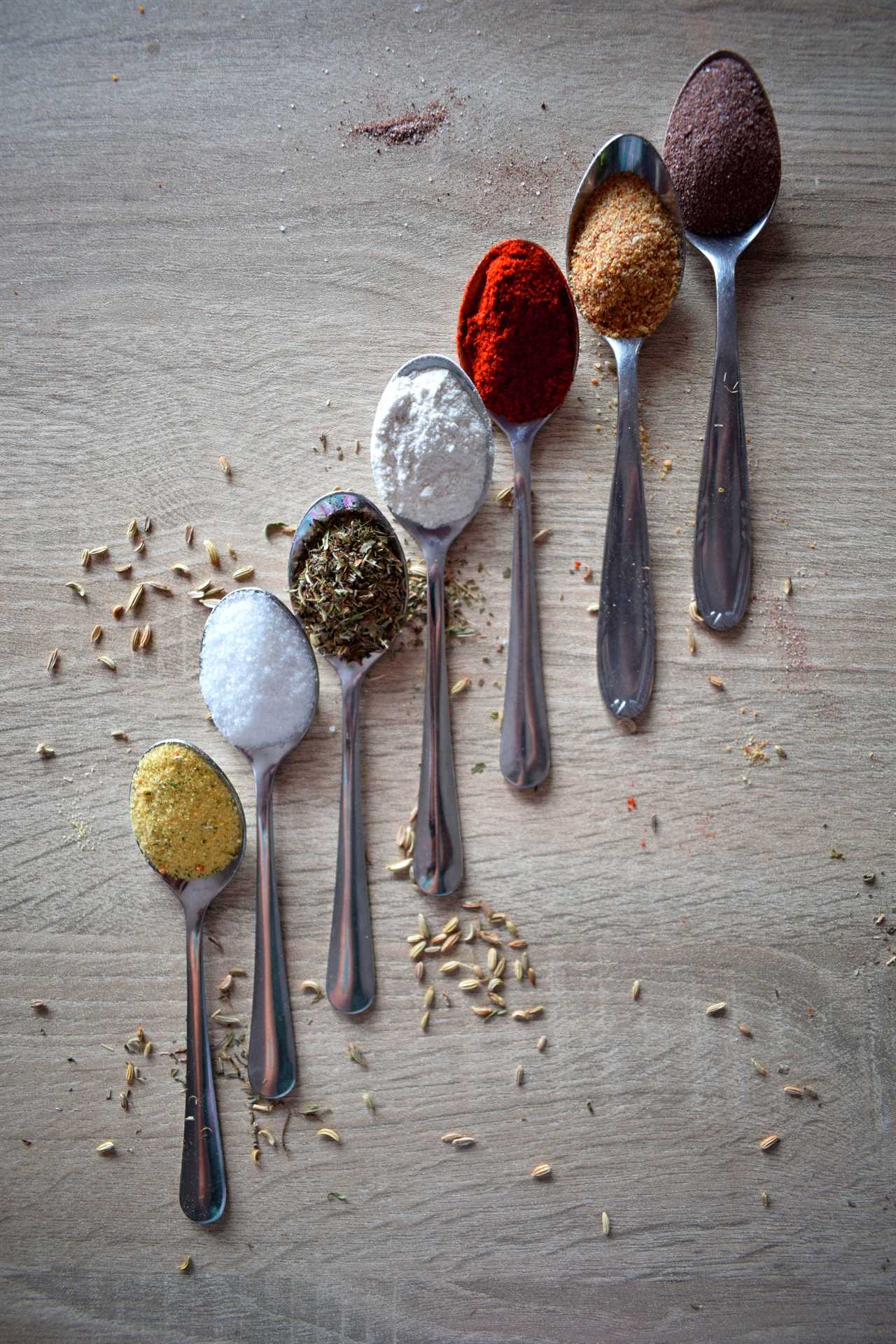
By placing damp paper towels over the cut vegetables, you create a barrier that helps retain moisture and keeps the produce hydrated. Wrapping the platter in plastic wrap creates a sealed environment that further helps to preserve the freshness of the crudités.
This method is especially useful when preparing the vegetables ahead of time for parties or gatherings, ensuring that they stay crisp and vibrant until serving time.
Grilling Corn
Grilling corn is a simple and delicious way to enjoy this summer staple. It involves pulling back the husks, removing the silks, and soaking the ears in water before cooking them over medium heat until tender and lightly charred.
Here are four different ways to season corn on the grill and some creative toppings to elevate your grilled corn experience:
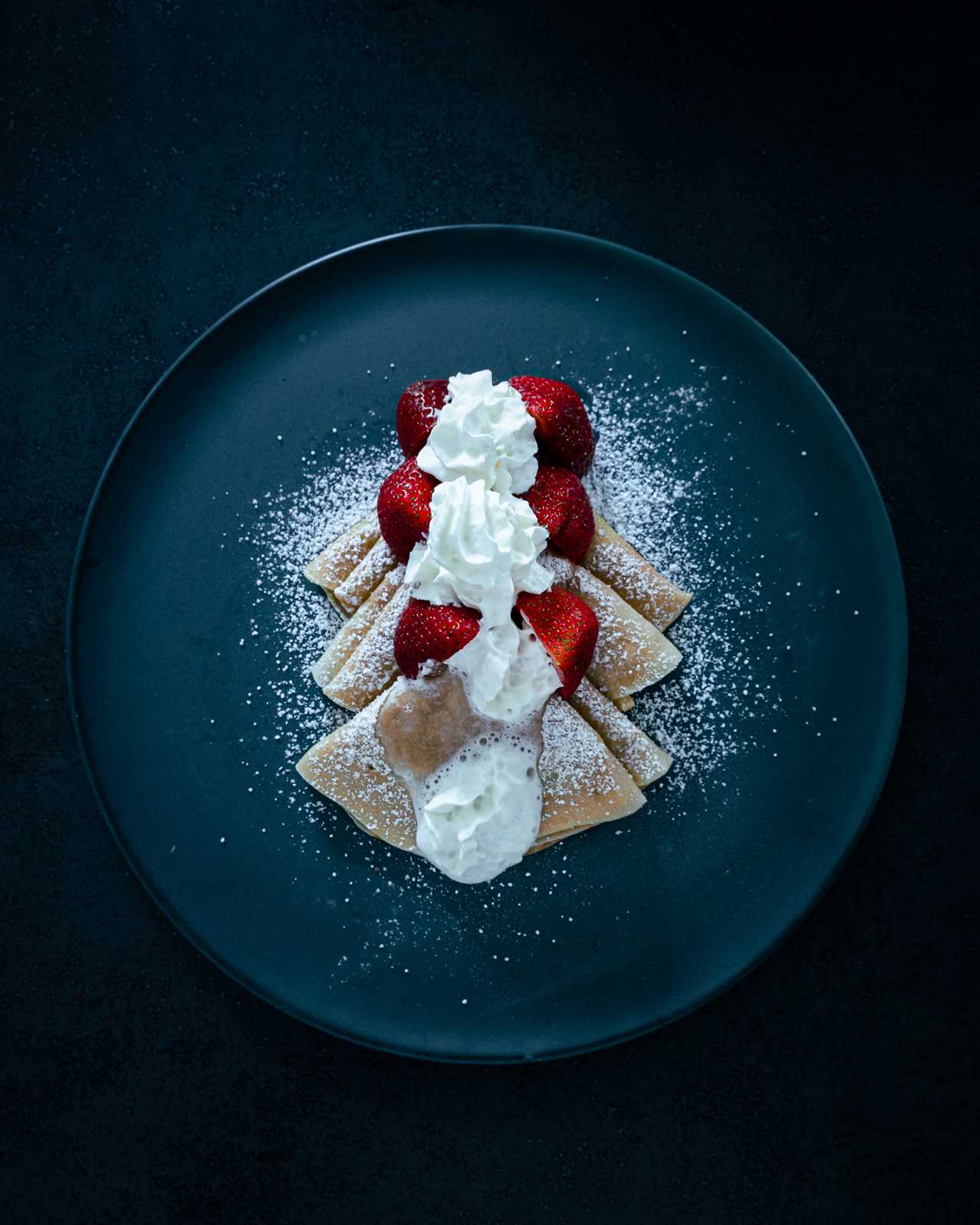
- Seasoning options:
- Brush the corn with melted butter and sprinkle with salt and pepper for a classic and savory flavor.
- Mix together mayonnaise, lime juice, and chili powder to create a tangy and slightly spicy coating.
- Rub the corn with olive oil and sprinkle with garlic powder and grated Parmesan cheese for a flavorful and cheesy twist.
- Combine melted butter, honey, and a dash of cinnamon for a sweet and aromatic glaze.
- Creative toppings:
- Crumble feta cheese over grilled corn and drizzle with a balsamic reduction for a tangy and sophisticated taste.
- Spread a layer of creamy avocado sauce on the corn and top it with chopped cilantro and a squeeze of lime for a fresh and zesty kick.
- Sprinkle grilled corn with crumbled bacon and shredded cheddar cheese for a smoky and indulgent treat.
- Slather the corn with buffalo sauce and sprinkle with blue cheese crumbles for a spicy and bold flavor combination.
Grilling corn allows for endless possibilities in terms of seasoning and toppings. Get creative and let your taste buds run wild with these ideas to make your grilled corn experience unforgettable. Enjoy the freedom to experiment and savor the flavors of summer.
Trimming Green Beans
After mastering the art of grilling corn, let’s move on to another essential kitchen hack: trimming green beans. When it comes to knife techniques and vegetable preparation, it’s important to know how to trim green beans efficiently.
To begin, line up the beans so that the stems face one direction. Then, using a sharp chef’s knife, make a single slice to cut off the knobby ends. This method saves time and provides evenly trimmed beans for your recipes.
By mastering this simple technique, you’ll be able to incorporate fresh and properly trimmed green beans into your dishes effortlessly. Whether you’re making stir-fries, salads, or side dishes, knowing how to trim green beans properly ensures that your meals are not only delicious but also visually appealing.

Frequently Asked Questions
How Do I Prevent Food From Sticking to Non-Stick Cookware?
To prevent food from sticking to non-stick cookware, use a metal spatula to loosen the food and push it to one side of the skillet. Tilt the pan to heat the empty area and add 1 to 2 tablespoons of oil. Let the oil get hot before moving the food back. This will create a barrier between the food and the pan, preventing sticking.
Additionally, make sure to properly clean and maintain the non-stick surface to prolong its effectiveness.
As for reviving honey, placing the container in a bowl of hot water or microwaving it in short intervals can help liquefy crystallized honey.
Can I Use a Different Method to Revive Crystallized Honey Other Than the Ones Mentioned?
Although the article discusses various kitchen hacks, the current question is about alternative methods for reviving crystallized honey.
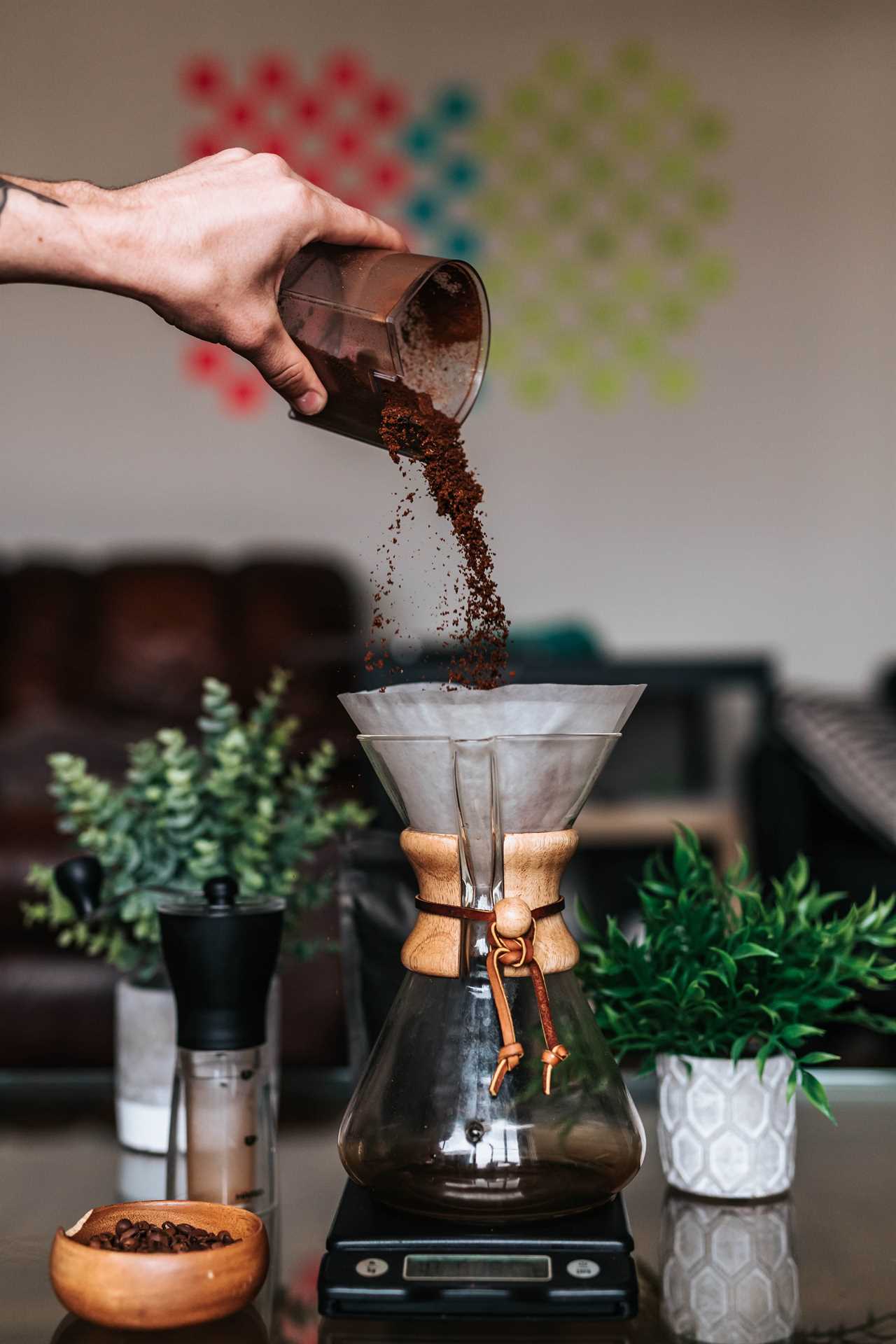
While the article mentions placing the container in hot water or microwaving it in intervals, there is another method to try.
One can gently heat the crystallized honey in a double boiler, stirring occasionally until it becomes smooth and liquid again.
As for making homemade honey syrup, one can combine equal parts of water and crystallized honey in a saucepan, heat until dissolved, and let it cool before using.
What Is the Best Way to Cut Round Vegetables Like Tomatoes Without Them Rolling Around?
To cut round vegetables like tomatoes without them rolling around, the best way is to first cut a thin slice along the length of the vegetable.
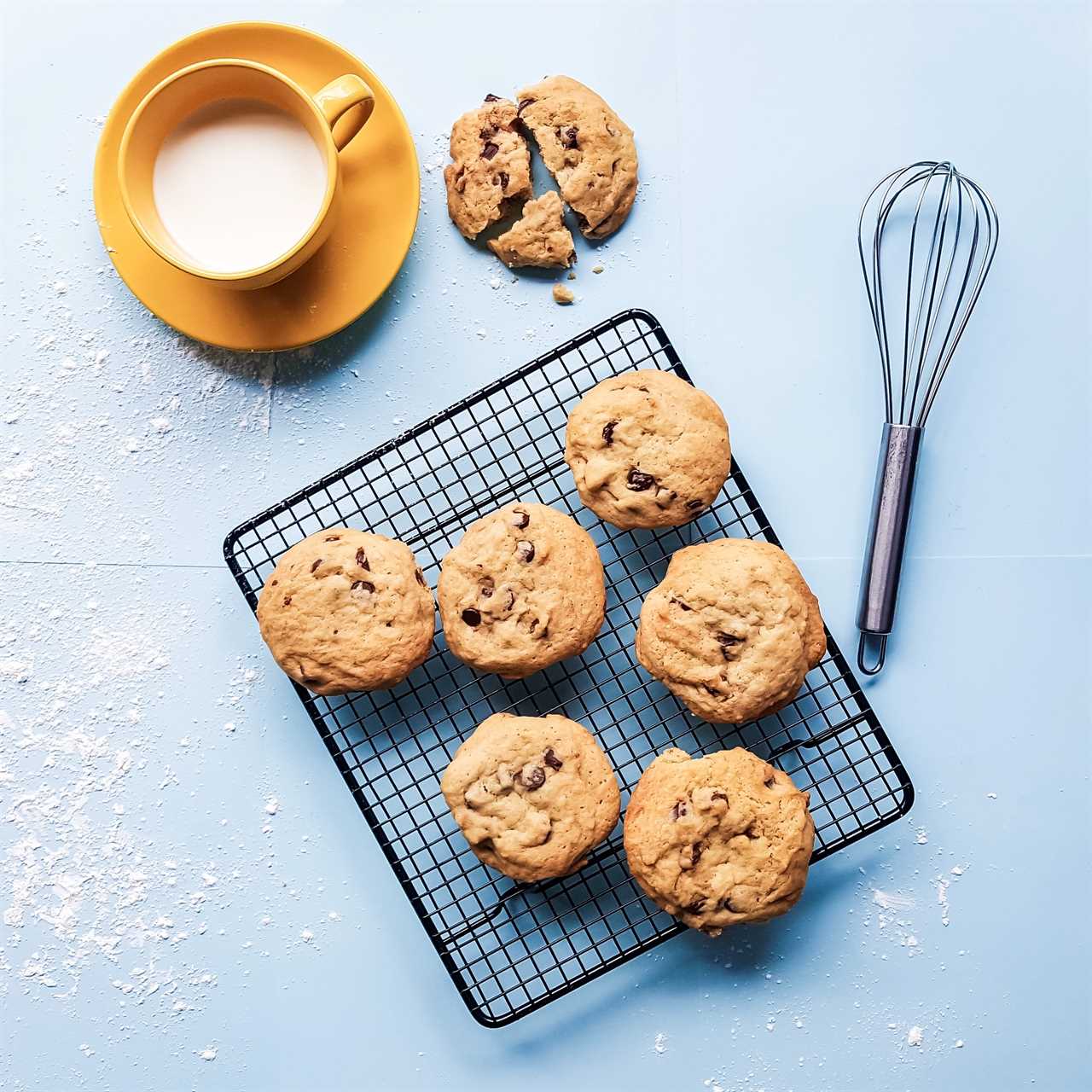
Then, turn the vegetable cut-side down on the cutting board to stabilize it.
From there, you can slice the vegetable as desired, stopping when it becomes unsteady.
Finally, turn the vegetable so the flat side is facedown and continue slicing.
This method ensures that the vegetables stay in place and makes for easier and safer cutting.
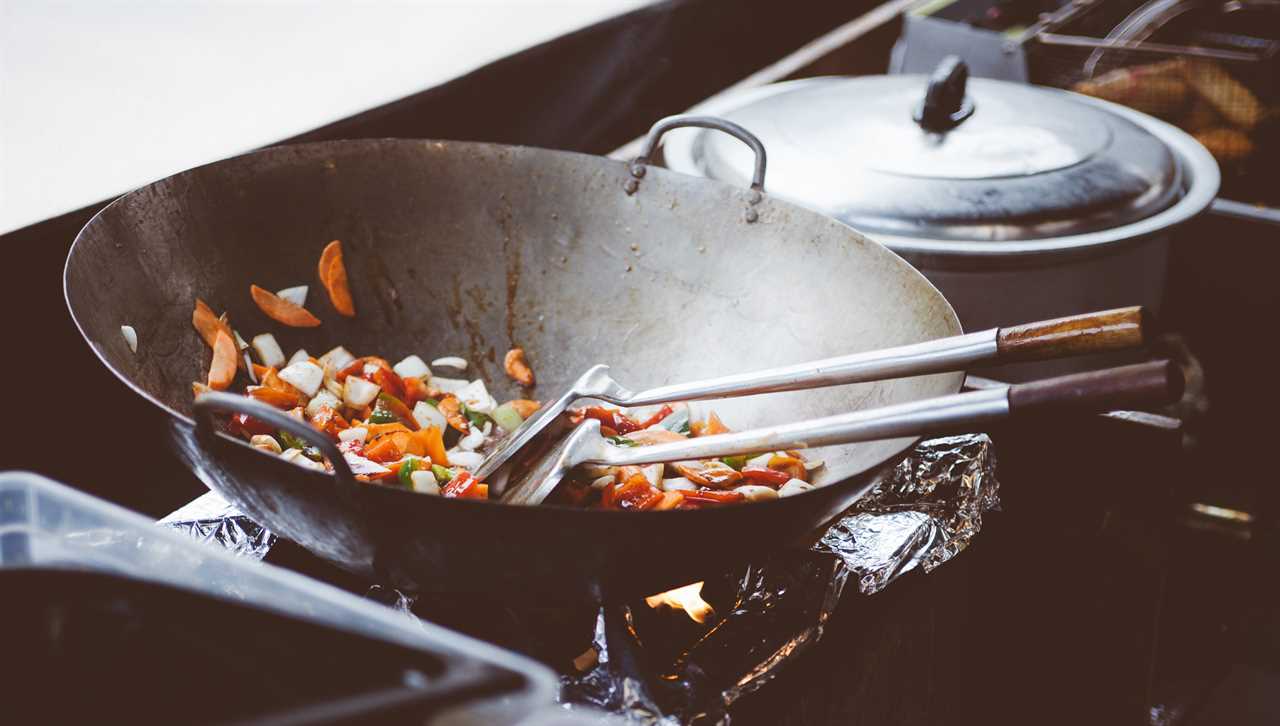
Can I Store Simple Syrup at Room Temperature Instead of in the Refrigerator?
Storing simple syrup at room temperature can be an alternative to refrigeration. However, it is essential to note that refrigeration helps to extend the shelf life of the syrup.
Simple syrup contains a high concentration of sugar, which acts as a preservative. Storing it in the refrigerator helps prevent bacterial growth and maintain its freshness for up to two weeks.
If you choose to store it at room temperature, make sure to use a clean and airtight container to avoid any contamination.
How Do I Keep Cut-Up Produce Fresh for a Longer Period of Time?
Preserving freshness and extending the shelf life of cut-up produce can be achieved by following a few simple steps.
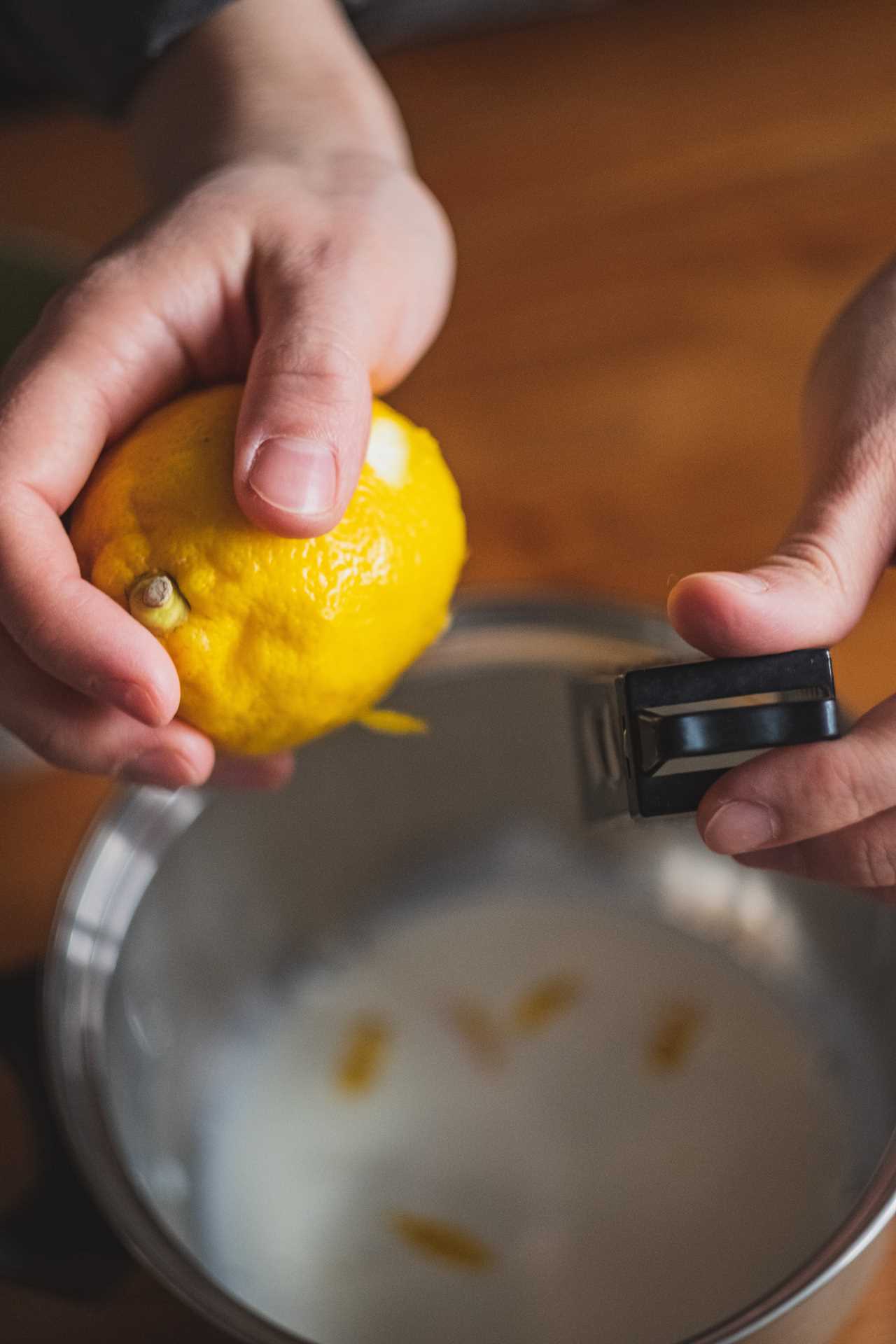
Firstly, cover the cut-up produce with damp paper towels to maintain moisture.
Next, wrap the platter in plastic wrap to create a sealed environment.
Finally, refrigerate the cut-up produce until serving time to prevent wilting and drying out.
These techniques will keep the vegetables crisp and bright, ensuring they last longer and remain fresh for a longer period of time.
